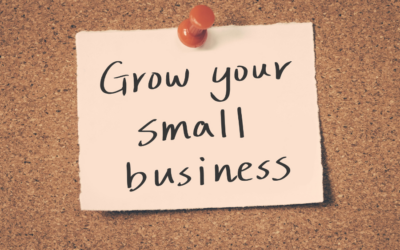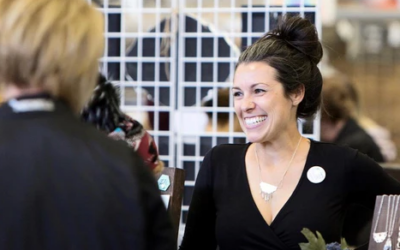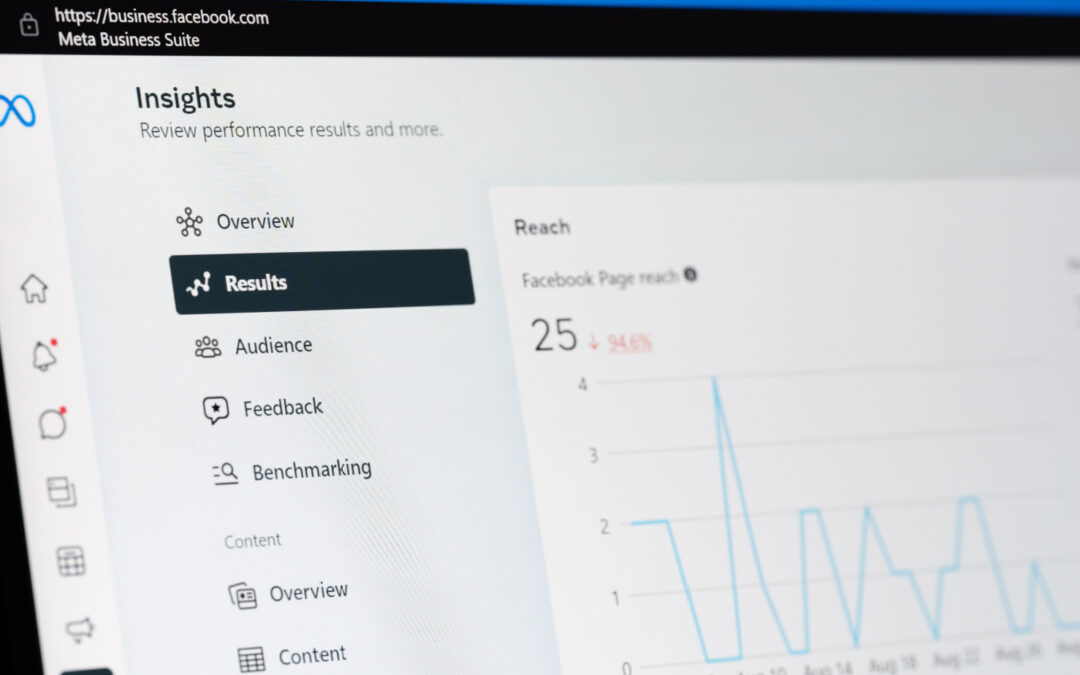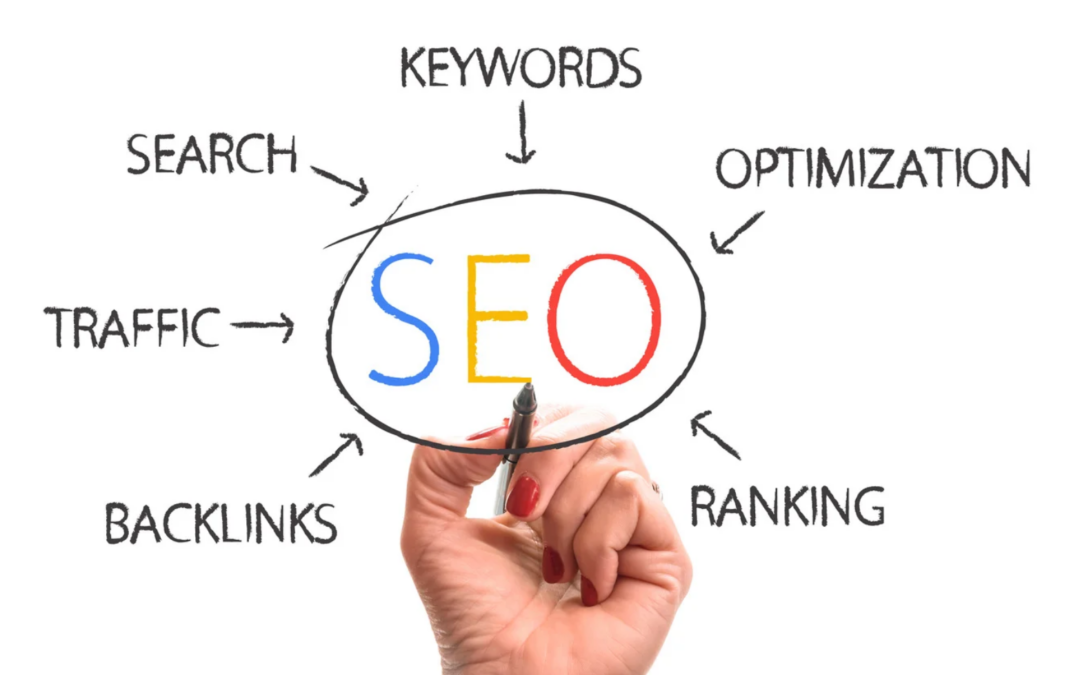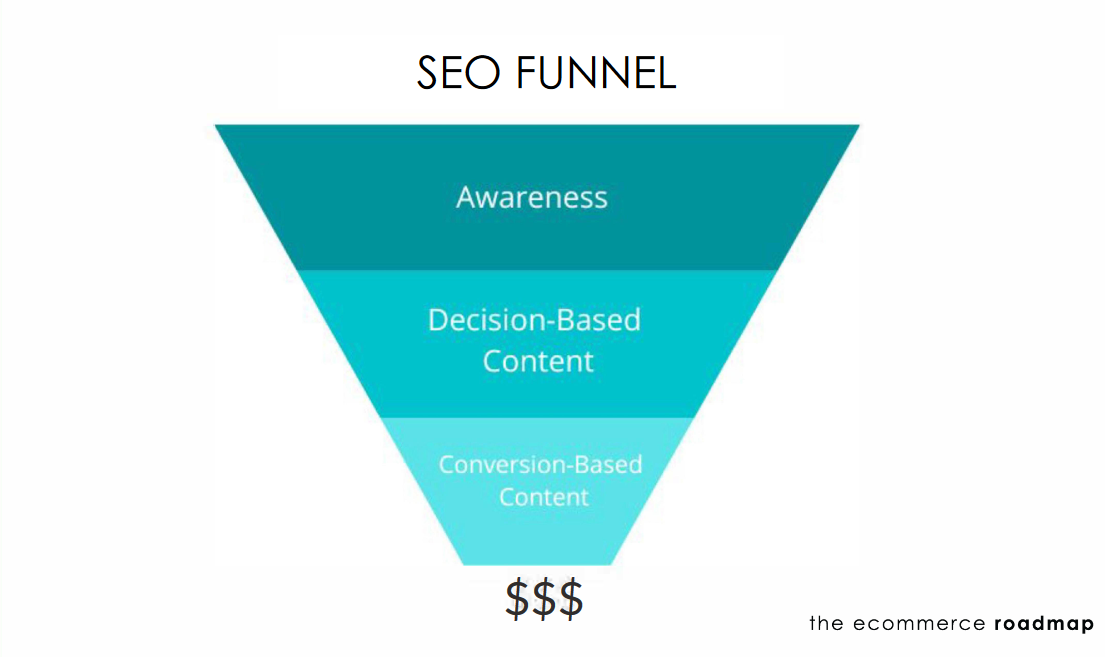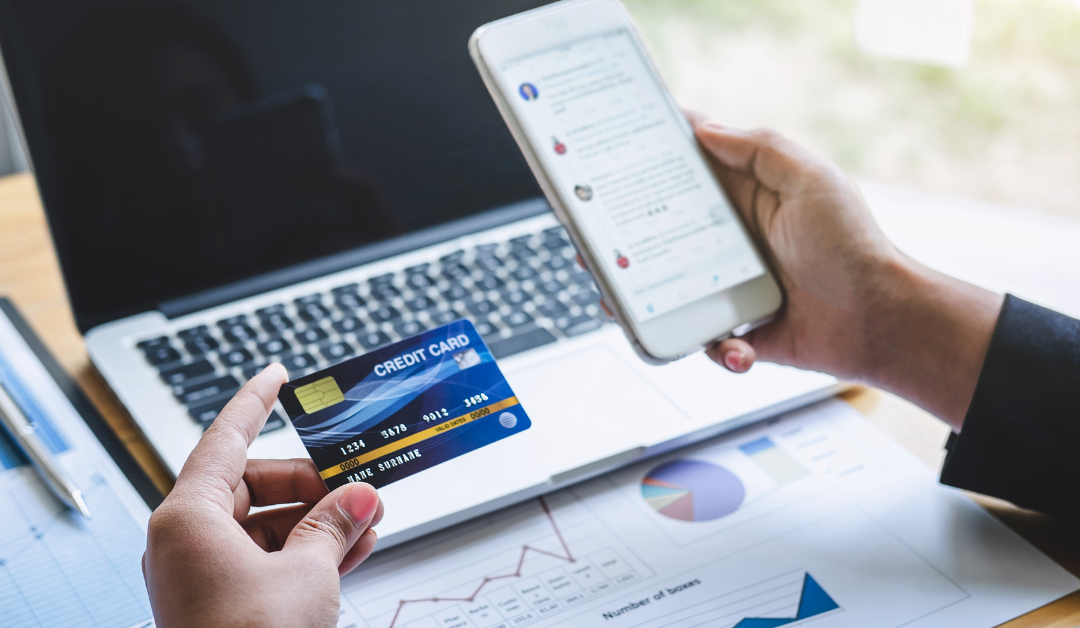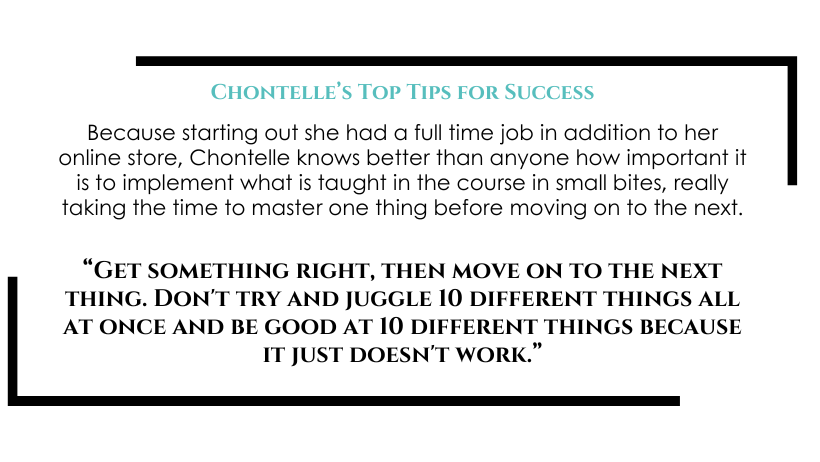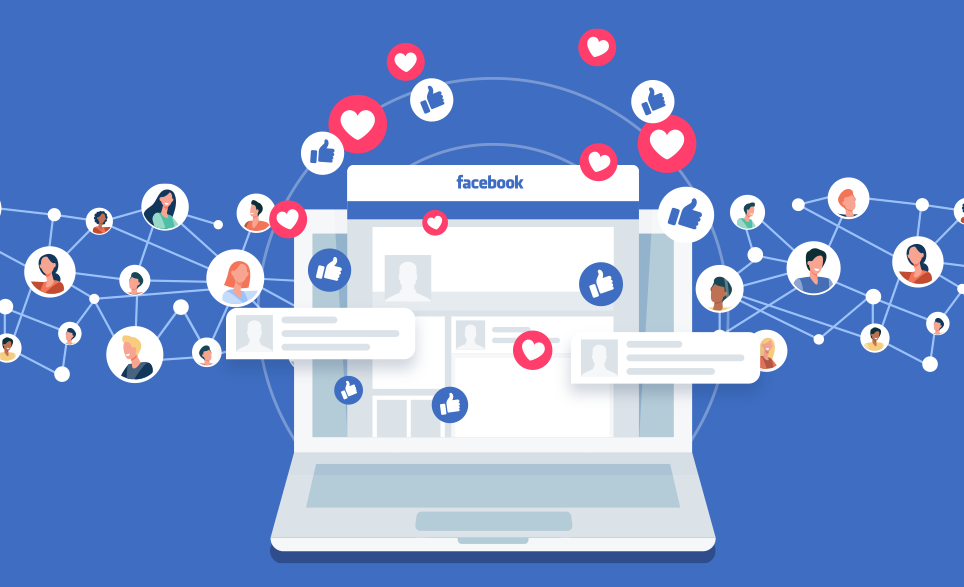
How to get 1M eyeballs on your products every month, Episode 244
No time to listen now? We'll send it to your inbox.
No time to listen now? We'll send it to your inbox.
or scroll down to get the highlights

Boost Your Sales with Social Media Reach: What Every Store Owner Needs to Know
If you’ve been focusing on likes and followers as your go-to social media metrics, it’s time for a reality check. While they might feel good, they don’t directly lead to more traffic or sales. Instead, the metric you should be tracking is reach. Why? Because reach tells you how many people are actually seeing your content—and it’s the first step to driving more visitors to your website.
Let’s dive into why reach matters, how to use it to your advantage, and how one store owner turned her reach into a massive boost in sales.
Why Likes Won’t Pay the Bills
It’s easy to get caught up in the numbers game—watching your follower count climb feels great! But here’s the truth: likes and followers don’t equal sales. Social platforms only show your content to a fraction of your followers, unless you’re paying to boost it.
Think of it this way: someone might love your post enough to double-tap it, but that doesn’t mean they’re clicking through to your website or buying anything.
If your goal is sales, “likes” aren’t going to get you there.
Reach Is the Key to More Traffic (and Sales)
So, what should you be tracking? Reach. This metric tells you how many unique people saw your content—whether it’s a post, a reel, or a story.
Here’s why reach matters: roughly 1–2% of the people you reach each month will click through to your website. That might not sound like much, but when you scale up your reach, those clicks add up fast.
How Reach Turns Into Dollars
Let’s break it down with some simple math:
- Say your monthly reach is 1 million people.
- If 1–2% of those people click your link, that’s 10,000–20,000 website visitors.
- With a 2% conversion rate, that’s 200–400 sales.
- If your average order value is $50, you’re looking at $10,000–$20,000 in sales per month.
Not bad, right? And the best part is, growing your reach doesn’t have to cost a fortune.
Stop the Scroll: How Brand Videos Attract the Right Audience
So, how do you grow your reach? One word: videos. Specifically, brand videos. These are simple, clear videos that show what you sell, why it’s awesome, and who it’s for—all in a way that grabs attention and stops the scroll.
Think of your brand video as a magnet for your perfect customer. It should instantly answer the question, “Is this for me?” and make it easy for someone to click through to your site.
From 100K to 600K Reach: One Member’s Success Story
Let me tell you about one Mastermind Accelerator member who put this strategy into action. A year ago, she was sitting at our retreat and hearing how some other members were driving thousands more web visitors every single month without spending a fortune on ads.
She knew she would grow her sales if she grew her traffic, but she also didn’t want to spend a ton on ads.
The way you do this is by using a Brand Video – a video you create – not professional quality – but a video that gets your product and your message in front of the right people. When they watch, they know 2 things.
1) What you are selling
2) If it’s for them or not – and if it is, many of them will click through to your site.
So, within a few months, she grew her monthly Social Media Reach from 100,000/ month to more than 600,000/ month. And her website Traffic doubled for a tiny ad spend, getting her Brand Video out in front of hundreds of thousands of the right people.
It was a simple way for her to get her products to stand out and get noticed in a noisy, busy world – People saw what she was selling clearly, and she attracted her perfect people.
She blew past her sales goal for the year and kept her ad budget low.
This year, her goal is to have a Social Media Reach of 1M every single month.
She knows how to do it, and she knows that doing this will get her to her sales and her profit goal.
She doesn’t care about Page Likes and Followers. She stays focused on Reach.
The Simple Metric That Connects Social Media to Sales
Here’s the bottom line: reach is the bridge between your social media efforts and your sales. It’s not about vanity metrics like likes or followers—it’s about getting in front of as many people as possible and driving them to your website.
When you track your reach and focus on growing it, you’re putting your energy into something that actually moves the needle for your business.
Ready to See Results? Start Growing Your Reach Today
If you’re ready to turn social media into a real sales driver, here’s your action plan:
- Track your monthly reach to see how many people are seeing your content.
- Create simple, engaging brand videos that showcase your product and messaging.
- Focus on growing your reach month over month to increase website traffic and sales.
RELATED LINKS:
Get on the waitlist for our next Brand Video Bootcamp – it’s coming up soon. It’s only $15, and we’ll show you exactly how to make a Brand Video that will make your product and message stand out and get noticed. CLICK HERE TO GET ON THE WAITLIST!
Want to see examples of brand videos that work? Check out some successful videos our members have made:
MamaSuds:
https://www.facebook.com/MamaSuds/videos/608797384435542
Bonny and Blithe:
https://www.facebook.com/BonnyandBlitheVintage/videos/464767912291246
Birdmoss:
https://www.facebook.com/BirdmossBox/videos/919504675917728

